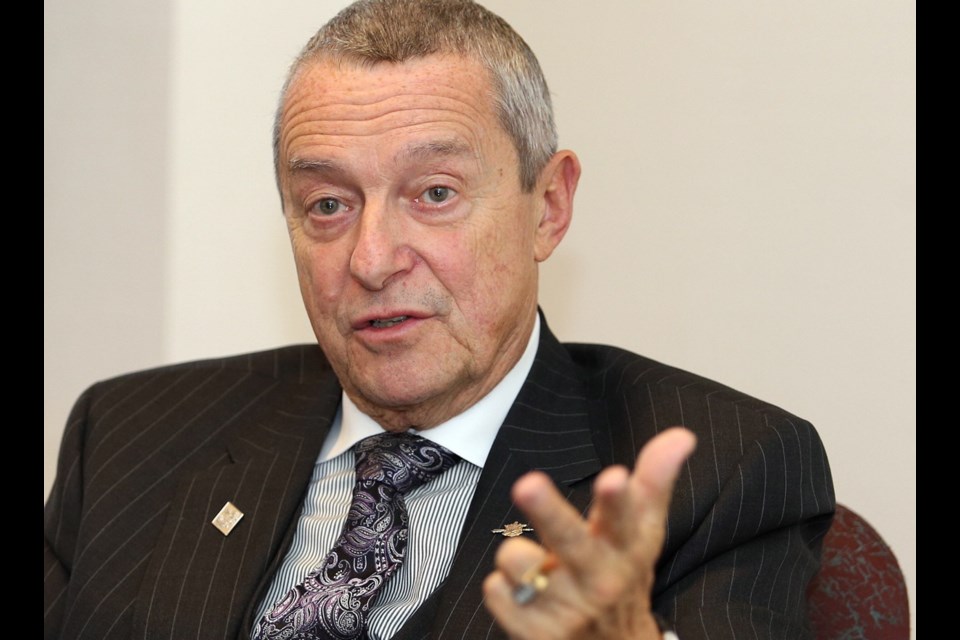Local politicians are willing to look at the idea of a provincial transit-supporting levy on developers building high-density projects near transit corridors to offset transit costs.
But a spokesman for the housing industry said there’s a limit to the tax burden developers can be realistically expected to pay and that any new levy would impact affordability.
Provincial Communities Minister Peter Fassbender has been meeting in the Lower Mainland with developers and politicians there, floating the idea of a transit-supporting levy as a way to raise money for transportation projects.
While still conceptual, it’s an idea that could be applied to the capital region, Fassbender said, adding he is considering meetings with local officials here.
“Indeed, the approach to help fund transit is not isolated to Metro Vancouver. There are, I think, needs in the future in the Capital Regional District and other parts of the province,” he said.
Casey Edge, executive director of the Victoria Residential Builders Association, said provincial and local politicians have to realize there’s a limit to how many extra fees in terms of amenity contributions and development-cost charges developers can afford.
“Multiple levels of government are thinking that the development industry can pay for infrastructure or anything else that rightfully is the responsibility of taxpayers,” Edge said.
“Municipal and provincial governments talk about the profits of development, but they never talk about the losses.”
But municipal politicians are open to the idea.
“One thing I’m sure of is we need better transportation solutions in the region,” said Victoria Mayor Lisa Helps.
Helps said she would prefer to see transit funded through the gas tax, but applauded Fassbender for looking at creative options.
“Whether it’s the E&N, whether it’s the rapid bus lanes out to the West Shore ... we need to get those funded,” Helps said.
Esquimalt Mayor Barb Desjardins said the idea has merit, but the authority should rest with the municipal or regional government to collect levies and use the funds in their own region.
“We know that when you develop a transit corridor, like a commuter rail corridor, you will see significant growth around those spots. So density occurs and obviously developers do well in that scenario,” Desjardins said.
View Royal Mayor David Screech said the idea of a regional development cost charge to support a commuter train on the E&N Rail line has merit.
The money is needed for transit improvements — be that high-speed bus lanes or rejuvenating the E&N corridor or whatever it might be, he said. “On the face of it, that’s an idea that’s worth exploring,” Screech said.
Saanich Coun. Susan Brice, who chairs the Greater Victoria Transit Commission, said she would still like to see the province come through with the requested two-cents-a-litre increase in the gas tax levy for transit. “We are always looking for sustainable transit funding options. Whether this is the logical one for our area, it’s hard to say,” she said.
Property taxes are already part of the mix of funding sources for transit in the capital region. Current operations are funded 40 per cent by the province and 60 per cent locally. For that 60 per cent,38 per cent is raised through property taxes; 45 per cent through fares and 17 per cent through gas taxes. Many cities receive amenities or levy development cost charges for new projects. For example Victoria collected $2.1 million in development cost charges in 2016.
Fassbender said if it were applied,the new levy would not go into general revenue, but would be dedicated to transportation.



